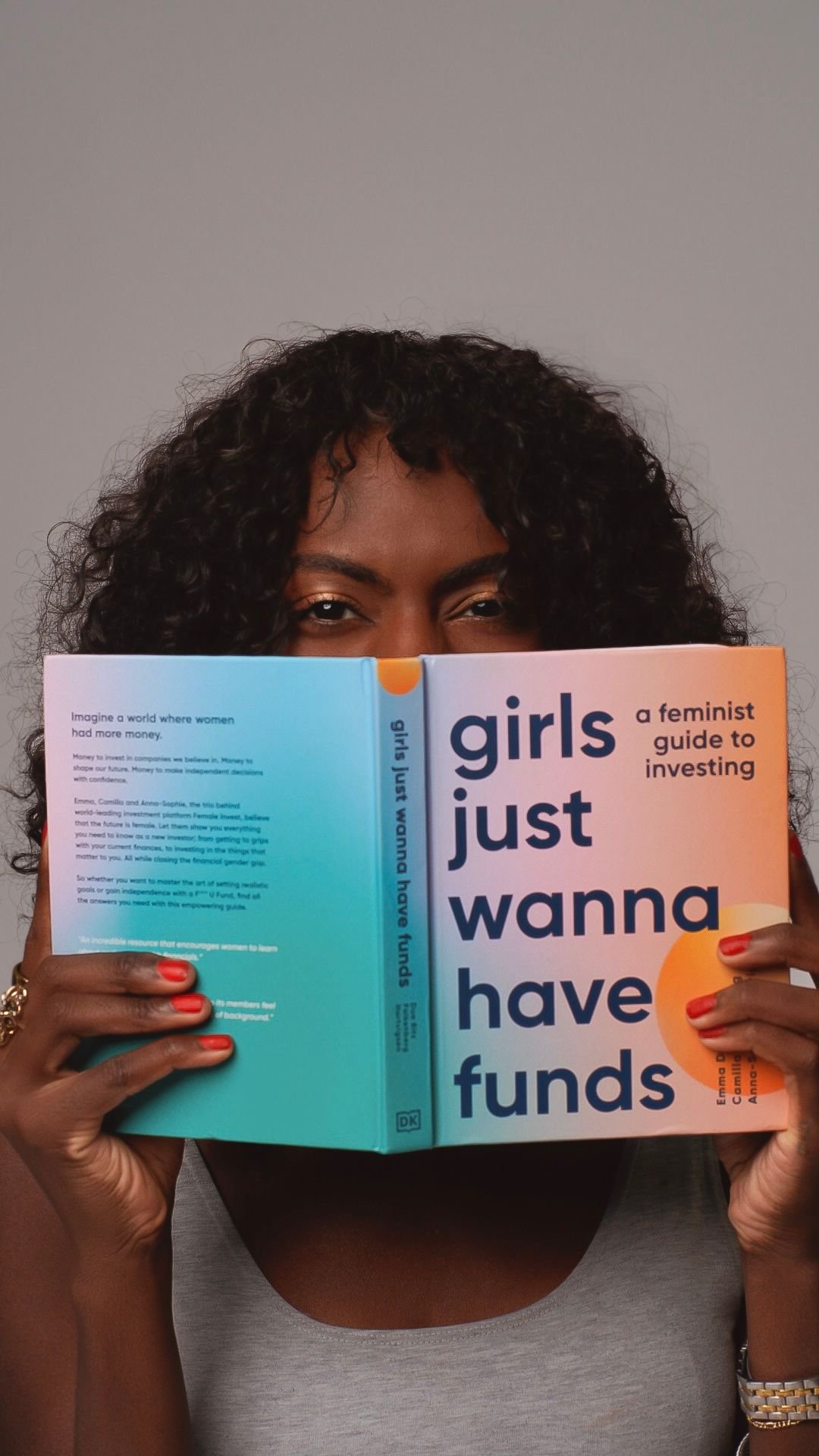Investing for Beginners: A Simple Guide to Growing Your Wealth
Investing might sound intimidating, but the truth is you don’t need thousands of dollars to get started. You’re not alone. With the right tools and mindset, you can begin building wealth with as little as $5. If you’ve been holding off because you think investing is complicated or expensive, this guide is for you.
One of the easiest ways to get started is by focusing on ETFs and funds, not individual stocks. They’re simple, diversified and perfect for beginners.
I’m sure you’re wondering what an ETF is! It is an Exchange Traded Fund. Think of it like a basket of stocks and by buying one ETF you’re investing in multiple companies at once.
Why Invest?
Investing allows your money to grow over time, helping you build wealth and reach financial goals like:
• Buying a home
• Retiring comfortably
• Creating financial security for your family
The earlier you start, the more time your money has to grow thanks to compound interest which is essentially earning interest on your interest.
Step 1: Set Up a High-Yield Savings Account (HYSA)
Before jumping into investing, it’s smart to have some savings in place. A High-Yield Savings Account (HYSA) helps you earn more interest on your cash while keeping it easily accessible.
My go-to platform? SoFi. It offers one of the best HYSA options with competitive interest rates, no account fees, and easy access to your money. Use my link to sign up and you’ll get a $25 bonus.
Step 2: Choose an Investing Platform
Gone are the days when investing required a stockbroker. Now, you can start investing with just a few taps on your phone. Here are a few beginner-friendly platforms:
• SoFi Invest (my favorite!) – No commissions, easy-to-use app, and you can start with just $25. Bonus: Use my referral code and get $25 in free stock! P.S - If you already use SoFi’s HYSA, it’s all in one place.
• Acorns – Automatically invests your spare change by rounding up purchases.
• Fidelity Spire – Great for setting financial goals and investing accordingly.
Step 3: Start Small with Fractional Shares
A fractional share allows you to buy a piece of a stock instead of needing hundreds of dollars to buy a whole share. For example, if Amazon stock costs $3,000, you can invest just $5 and own a small portion of it.
Platforms like SoFi Invest, Vanguard or Fidelity make fractional investing simple and accessible.
Step 4: Choose What to Invest In
For beginners, it’s best to start with:
✅ Index Funds & ETFs – These bundle multiple stocks together, reducing risk. (Example: S&P 500 ETFs)
✅ Blue-Chip Stocks – Large, well-established companies like Apple or Microsoft.
✅ Dividend Stocks – Stocks that pay you regularly just for owning them.
Step 5: Make It Automatic
One of the easiest ways to invest consistently is by setting up automatic investments. Even if it’s just $5 or $10 per week, small amounts add up over time.
Step 6: Stay Consistent & Think Long-Term
The key to successful investing is time in the market not timing the market. Avoid panic-selling when the market dips and keep your focus on long-term growth.
You don’t need a lot of money to start investing, and there’s no better time to begin than today. With many platforms, you can start with just $5 and work toward building real wealth over time.
Ready to Start?
Quick check list for BEFORE:
Create a habit of always putting money in your savings and paying yourself first.
Open a SoFi High-Yield Savings Account to grow your savings.
Choose a brokerage and create an account (Vanguard, Fidelity, Sofi)
Have a plan for paying down debt WHILE investing.
Checklist for WHILE you are investing:
Set up automatic investments to build consistency.
Continue to contribute up to the match of your 401k.
Invest in your HSA (if you have one)
Open a regular taxable brokerage account & invest through that (Ex. Fidelity)
“My spending rule is for every nice gift I buy myself I match it by investing the same amount.”
Your future self will thank you!
Disclaimer: The information provided is for educational and informational purposes only and should not be considered financial advice. I am not a financial advisor. Please consult with a qualified financial professional before making any financial decisions.
